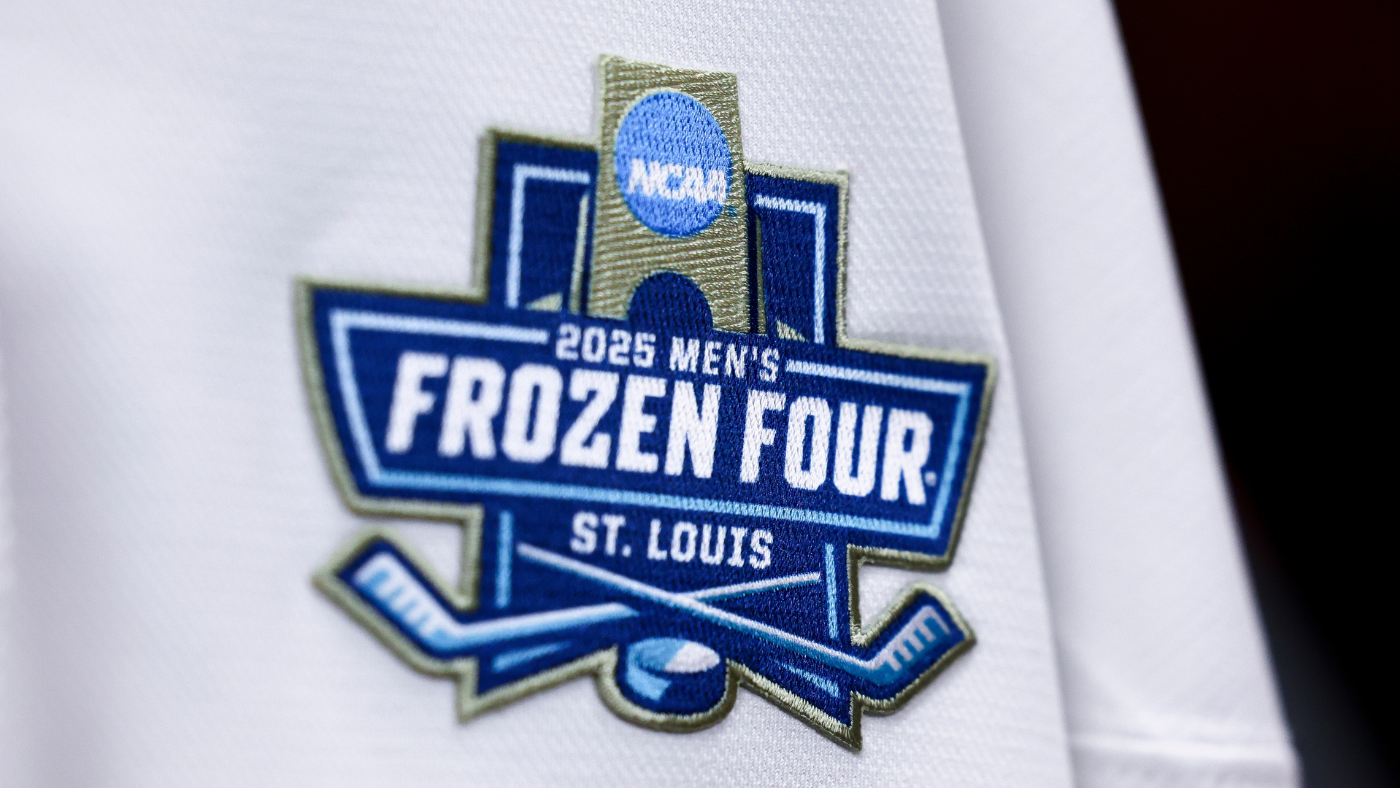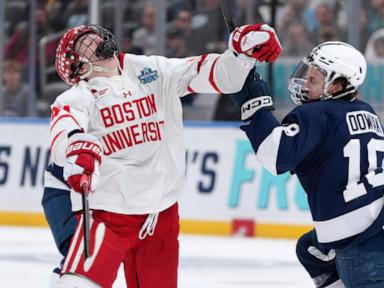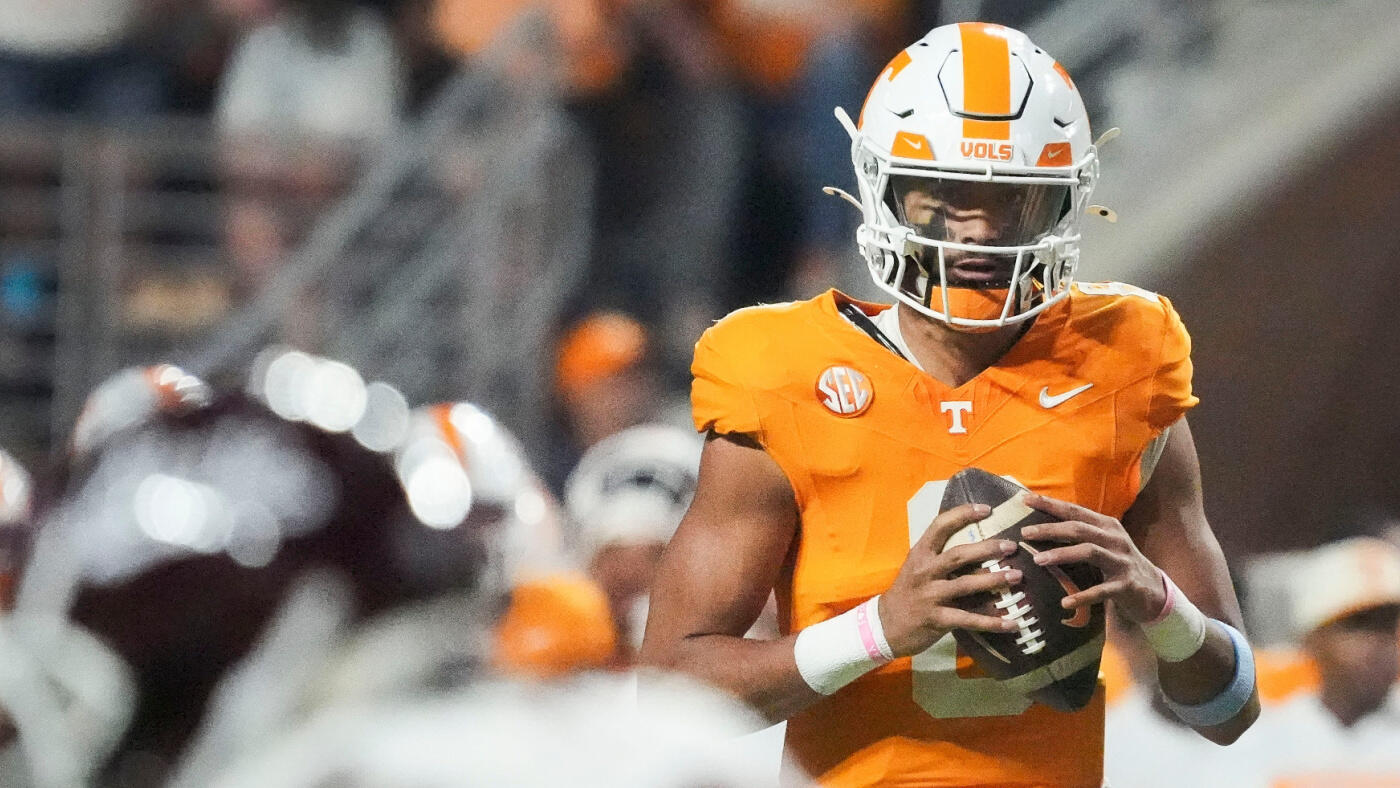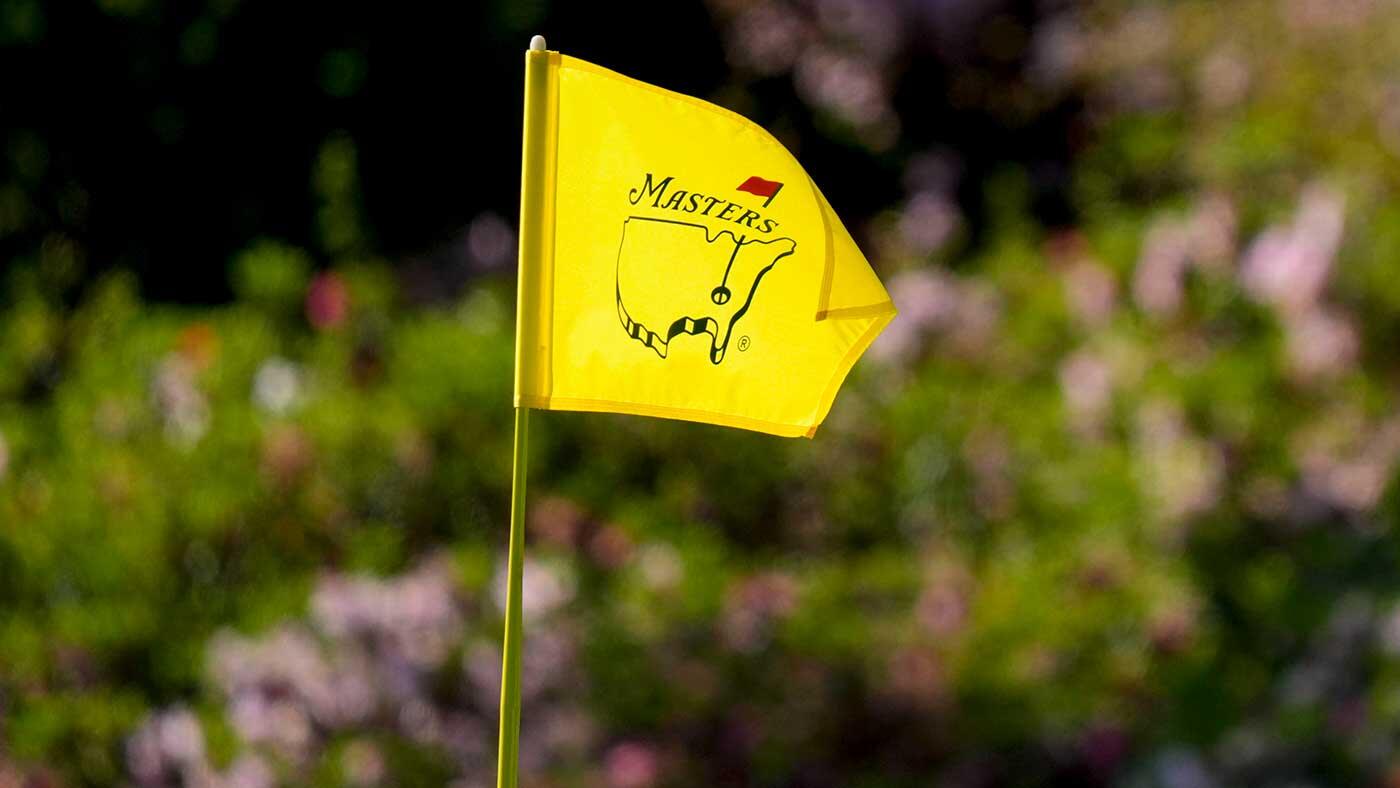ST. LOUIS (AP) — In a rapidly changing and evolving U.S. college athletic landscape, Hockey East commissioner Steve Metcalf sees clarity on the horizon for the NCAA becoming North America’s top producer of NHL draft-ready talent.
“I don’t think it’s that complicated,” Metcalf told The Associated Press on Friday during the Frozen Four championships. ”(The CHL and USHL) will feed players up into college hockey. And college hockey will feed the players up to the NHL.”
Metcalf’s vision would represent a dramatic shift in hockey’s developmental hierarchy, with the NCAA surpassing the Canadian Hockey League, which has traditionally served as the NHL’s top provider of overall and specifically Canadian-born talent. And it comes in the wake of the NCAA's Division 1 Council reaching a landmark decision in November to allow Canadian Hockey League players compete at U.S. colleges starting next season.
Though there’s been a rise of high-profile Canadian players — among them Avalanche defenseman Cale Makar and most recently Macklin Celebrini, drafted first overall by San Jose in June — coming out of the college ranks, the NCAA’s decision has the potential of opening the floodgates of cross-border movement.
CHL player eligibility was part of a wide-ranging discussion during the Frozen Four’s annual state of the game panel discussion, which included Metcalf, who also serves as president of the hockey commissioners’ association.
Top-seeded Western Michigan (33-7-1), making its first Frozen Four appearance, will play five-time champion Boston University (24-13-2) in the final on Saturday night. The finalists feature a combined 22 NHL draft selections, led by BU’s 14.
The NCAA’s decision lifted its longstanding ban on CHL players, who were previously deemed to be professionals because they received a stipend of up to $600 per month for living expenses.
In doing so, the council opened the door for a major change in how players approaching their 16th birthdays decide where to play. Rather than having to choose between one or the other, CHL players can now play NCAA hockey when they become college eligible.
The question is how long it might take for the transformation to become apparent at the college hockey level. And the future of college sports is already murky due to unresolved questions over the impact of name image and likeness (NIL) issues, and whether roster caps will be instituted for participating schools.
“It’s going to take some time because it’s so new and no CHL player has gotten to college and played yet,” Metcalf said.
“But I do think college hockey is going be stronger as we come out of this,” he added, noting college hockey players currently make up about a third of NHL rosters. “That number is going increase dramatically.”
Numerous CHL players have already committed to U.S. colleges. And speculation abounded in St. Louis as to whether high-profile CHL players might attract bidding wars among schools.
“There’s a lot of rumors a lot of numbers being thrown around, and who knows what’s fact or not. But obviously it’s out there, and it’s part of what we are growing into,” Minnesota-Duluth coach Scott Sandelin said. “All I can say is that we can only do what we can do. Other schools can do what they can do, so wherever that lands with a recruit, that’s their choice.”
USHL and USA Hockey officials have expressed concern over the potential rise in Canadians entering the college ranks coming at the expense of ...






